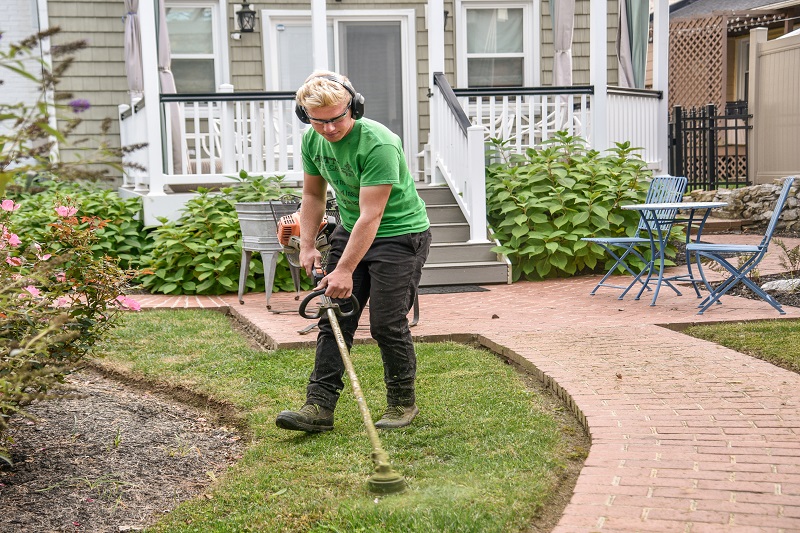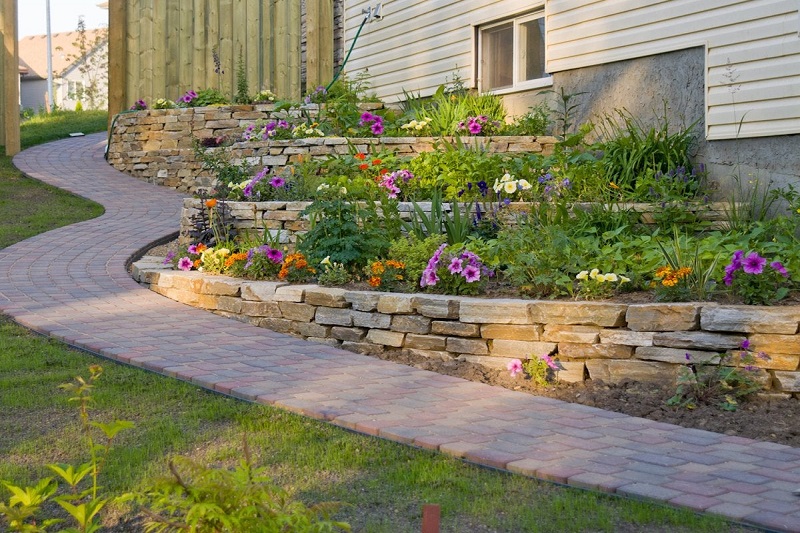
The Impact of Landscaping on the Environment: A Comprehensive Analysis
Introduction
Landscaping is an essential aspect of urban and suburban living, providing aesthetic appeal and functional spaces for outdoor activities. However, the impact of landscaping on the environment is often overlooked. How does landscaping affect the environment, and what can we do to minimize its negative consequences? In this comprehensive analysis, we will explore the environmental impact of various landscaping techniques. Discuss sustainable and eco-friendly landscaping practices, and provide actionable tips.
Tips for creating a landscape that is both beautiful and environmentally responsible.
1. The Environmental Impact of Traditional Landscaping Techniques
Traditional landscaping practices can have several negative effects on the environment. Some of the most significant issues include:
- Water consumption: Traditional landscapes often rely on large amounts of water to maintain lush, green lawns and non-native plants. This can put a strain on local water resources and contribute to water scarcity in some regions.
- Soil erosion: The removal of natural vegetation and the use of non-native plants can lead to soil erosion, which can cause sedimentation in waterways and loss of valuable topsoil.
- Chemical pollution: The use of synthetic fertilizers, pesticides, and herbicides can contaminate soil, water, and air, posing risks to human health and the environment.
- Loss of biodiversity: Traditional landscapes often feature a limited variety of plant species, which can reduce local biodiversity and negatively affect wildlife populations.
- Urban heat island effect: The prevalence of paved surfaces and lack of vegetation in urban landscapes can contribute to the urban heat island effect, leading to increased energy consumption and air pollution.
2. Sustainable Landscaping Practices
Sustainable landscaping practices aim to minimize the negative environmental impacts of landscaping while providing functional and aesthetically pleasing outdoor spaces. Some key principles of sustainable landscaping include:
- Native plants: Using native plants in your landscape can help conserve water, reduce the need for chemical inputs, and support local wildlife populations.
- Water conservation: Implementing water-saving techniques, such as rainwater harvesting and efficient irrigation systems, can help reduce the amount of water needed to maintain your landscape.
- Soil preservation: Employing soil conservation practices, such as mulching and erosion control measures, can help protect valuable topsoil and prevent sedimentation in waterways.
- Wildlife habitat creation: Designing your landscape to provide habitat for local wildlife can help support biodiversity and maintain healthy ecosystems.
- Carbon sequestration: Planting trees and other vegetation can help sequester carbon dioxide from the atmosphere, mitigating the effects of climate change.
3. Eco-Friendly Landscaping Techniques
In addition to adopting sustainable landscaping practices, you can also incorporate eco-friendly techniques into your landscape design. Some popular options include:
- Xeriscaping: This landscaping approach focuses on using drought-tolerant plants and water-efficient irrigation techniques to create low-maintenance, water-wise landscapes.
- Green roofs and walls: Installing green roofs and walls can help reduce the urban heat island effect, improve air quality, and provide additional wildlife habitat.
- Permeable paving: Using permeable paving materials, such as pervious concrete or permeable pavers, can help reduce stormwater runoff and decrease the risk of flooding.
- Rain gardens: These landscaped areas are designed to capture and filter stormwater runoff, helping to protect water quality and reduce the need for irrigation.
- Composting: Creating a compost pile or bin can help recycle organic waste and provide nutrient-rich compost for your landscape.

4. Tips for Creating an Environmentally Responsible Landscape
To create a landscape that is both beautiful and environmentally responsible, consider the following steps:
- Assess your landscape: Begin by evaluating your current landscape, including its environmental impact, water use, and maintenance requirements.
- Plan and design: Develop a landscape plan that incorporates sustainable and eco-friendly practices, considering factors such as climate, soil type, and available resources.
- Choose appropriate plants: Select native and drought-tolerant plants that are well-suited to your local environment and can thrive with minimal inputs.
- Implement sustainable practices: Incorporate water conservation, soil preservation, and wildlife habitat creation techniques into your landscape design.
- Maintain your landscape responsibly: Use organic fertilizers, pesticides, and herbicides when necessary, and employ sustainable maintenance practices, such as mowing, pruning, and mulching.
5. Conclusion
The impact of landscaping on the environment is an important consideration for homeowners, businesses, and municipalities alike. By adopting sustainable and eco-friendly landscaping practices, we can create outdoor spaces that are not only beautiful and functional but also have a positive effect on the environment. By choosing native plants, conserving water, preserving soil, creating wildlife habitats, and implementing eco-friendly techniques, we can help protect our planet for future generations.
You May Also Like

Real estate data is an essential component of the real estate industry
January 12, 2023
The Essential Guide to Eye Tests
June 24, 2023


